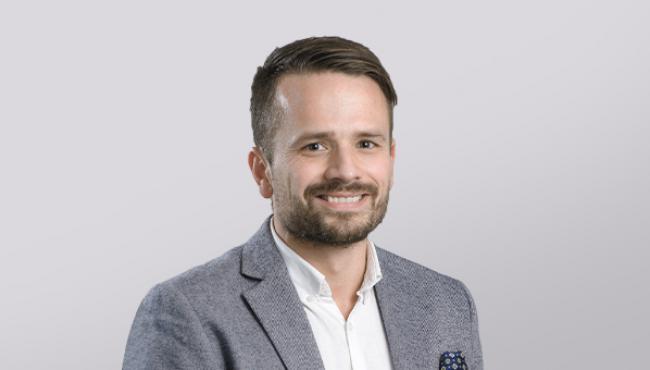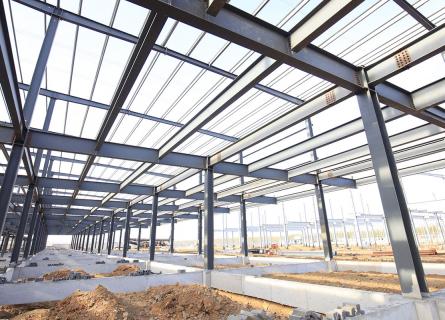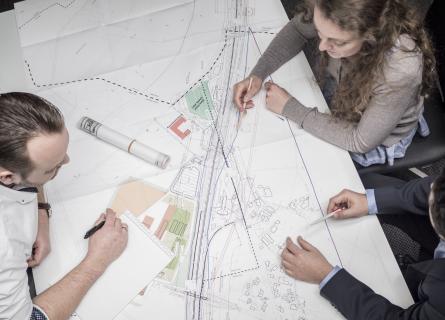
From Idea to Commercial Business in the Process Industry
In the process industry, there are numerous types of start-up companies with varied prerequisites. However, regardless of the approach start-ups need to comprehend and tackle the same fundamental questions related to project development to attain success.
The industry is confronted with the challenge of transitioning towards fossil-free and sustainable processes.
The process industry is currently undergoing a transformative phase, emphasising the discovery of sustainable and resource-efficient processes. Emerging start-ups and technologies will play a crucial role in driving this transition. In AFRYs view, the successful advancement of as many of these companies as possible in their journey towards industrialisation will be a fundamental requirement for the overall achievement of a fossil-free society.
The path to industrialisation, however, is not a straight one, and not all ideas turn out to be success stories. At times, the term 'Valley of Death', see Figure 1, is employed to describe the challenges associated with transitioning an idea into implementation, particularly during a critical phase in a start-up's existence when development costs outweigh income. It is imperative to cultivate a robust concept and establish strong partnerships to secure adequate funding and expertise, enabling one to navigate out of this challenging period.
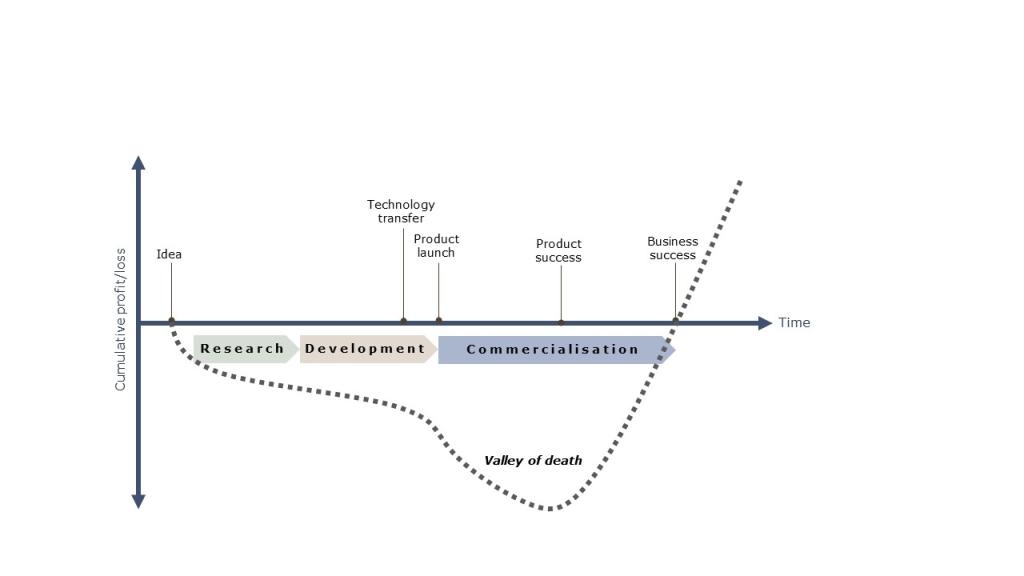
Numerous brilliant ideas, but not all of them achieve success
No matter how brilliant an idea may be, generating a successful commercial business requires a structured working method and patience. In project development, a comprehensive understanding of the project lifecycle is crucial, see Figure 2, encompassing the fundamental steps and their rationale. The project lifecycle can be divided into three phases: development, implementation, and production. It all begins with an idea, and as the journey progresses towards production, numerous critical decisions must be made.
The development phase holds particular significance, especially when dealing with innovative technologies and processes, as it serves to mitigate both economic and technical risks. Devoting adequate effort during this phase is of utmost importance. In comparison to more conventional projects within process industries such as the forest industry, this development phase generally demands more time and financial resources. This is necessary to ensure the creation of comprehensive technical documentation and an investment cost estimate of sufficient accuracy before proceeding to the implementation phase and making investment decisions.

Stepwise approach
To establish a solid foundation for the implementation phase, it is advisable to follow the Front-End Loading (FEL) development approach, as depicted in Figure 3. This methodology entails creating adequate strategic information that enables stakeholders to address risks and make informed decisions. Each FEL phase encompasses distinct deliverables, each with a specific status. In the initial phases, various concepts can be explored, but as progression occurs a decision must be made regarding the preferred concept to pursue. As you move to the right more people get involved and changes generate bigger consequences and becomes more costly.
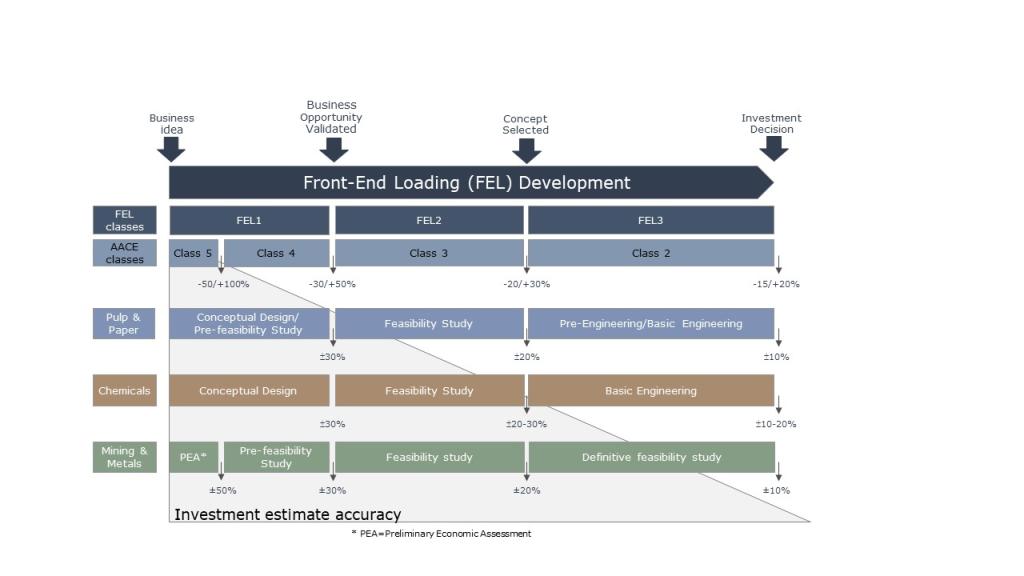
Key Considerations for Developing a Profitable and Sustainable Process
Some significant and more conceptual decisions must be made or at least considered at the outset of the development phase.
Interface: Should the process produce an intermediate product or a refined product ready for end-users, for example? This decision holds substantial implications for the project, both in terms of economics and complexity. An illustrative case is evident in SunPine in Piteå and the UPM Lappeenranta biorefinery. Both facilities employ tall oil as their raw material and share similar capacity. However, SunPine produces crude biodiesel that necessitates further refining and upgrading at a separate refinery, while UPM produces biodiesel ready for delivery to fuelling stations. These distinct approaches markedly impact investment costs, product value, and plant complexity.
Are you aiming to create a novel product or an existing product with specific requirements? This choice also influences the overall concept and project. For instance, your produced product might fulfil the required functions but possesses a yellow hue, whereas the existing market product is colourless. This discrepancy could lead to challenges in gaining market acceptance for your product.
Design criteria: This is a pivotal consideration that should be determined as early as possible to establish a clear objective. Some examples include:
- Plant capacity
- Availability: Should the plant operate continuously (24/7) or only during specific hours? This choice impacts the design.
- Specification of raw materials: What raw material is realistically available for full-scale production? In laboratory scale, raw materials can be refined and adjusted easily, such as cutting them into small pieces. However, it is crucial to deliberate on what is truly necessary and what raw material quality is viable at a larger scale.
- Another crucial aspect is devising a comprehensive plan for all streams emanating from the plant. While small gas flows or effluent streams might not pose significant issues at the lab scale, these streams necessitate careful management at full scale. Addressing this challenge could entail additional process equipment and associated costs. The expenses linked to these non-primary equipment components can be relatively high and significantly impact the overall project cost.
- Exploring integration opportunities could be a strategy to mitigate costs for these utility systems, potentially benefiting from existing utility systems and logistics by constructing the plant in a brownfield area.
The idea and concept must succeed not only technically, but also in terms of profitability. Several factors must be carefully considered and balanced to optimise the concept and ensure its profitability. Figure 4 illustrates the graph depicting the profitable sweet spot for availability relative to yield. However, there are several other factors to consider, such as energy consumption, CAPEX, and maintenance costs, in order to develop a viable and profitable concept.
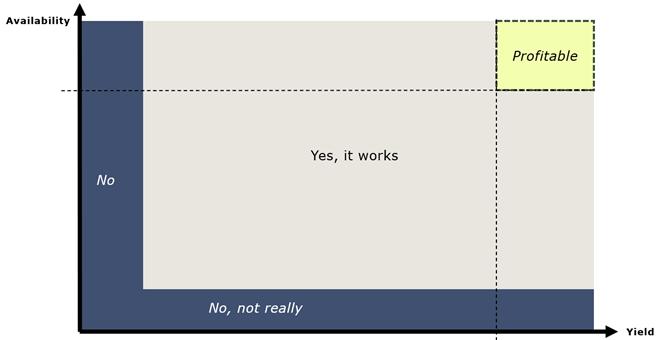
AFRY can support from innovation to commercial scale production – and in everything between
AFRY's objective is to actively contribute to the journey from an idea to a successful commercial business, assisting startups in their ascent from the 'Valley of Death'. AFRY has a strong track record of collaborating with startups, providing valuable business, and engineering support, and serving as a comprehensive one-stop shop for all engineering competencies, including digitalisation and sustainability specialists. As an engineering company, flexibility and adaptability are imperative when navigating the challenges inherent to start-ups and emerging technologies. To some extent, you need to implement and industrialise research findings. Drawing from our experience in this area, several engineering-related insights have been highlighted below:
- Identifying suitable suppliers can present challenges, sometimes necessitating the exploration of new suppliers, potentially from different industries.
- Equipment sizing may prove intricate, contingent upon plant size and equipment type. For instance, securing appropriate and cost-effective equipment for pilot and/or demo plants might pose challenges, with lab-scale equipment being too small and industrial-scale equipment being too large.
- Even when employing standard equipment, adjustments might be necessary to accommodate new raw materials or process conditions. Such adaptations could entail verification tests with one or multiple suppliers to ensure equipment compatibility. These tests and verifications can be time-consuming and impact the project's schedule. Occasionally, test runs yield unexpected and undesired results, prompting the need for new ideas or tests, further influencing the project schedule. Securing satisfactory process guarantees from suppliers can also prove challenging, often requiring multiple test runs conducted in conjunction with the supplier.
- Determining the optimal operating window is essential, involving factors like required temperatures and pressures within the process. Striving to maintain moderate process conditions is crucial. Elevated temperatures and pressures can impact plant design and costs, but on the other hand, some flexibility is necessary for smooth plant operation.
- Addressing clogging and fouling phenomena becomes increasingly important during scaling up and continuous operation. Understanding the reasons and chemistry behind fouling is vital for finding effective solutions.
- The enrichment of unwanted components, possibly due to recirculation, presents a challenge that is difficult to predict at small scales but may manifest at full scale.
- Measurement considerations are pivotal. Deciding how to monitor the process and determining the most important key parameters are essential. Assessing whether in-line measurements are feasible or if lab measurements are required, potentially leading to result delays, is a crucial decision point.
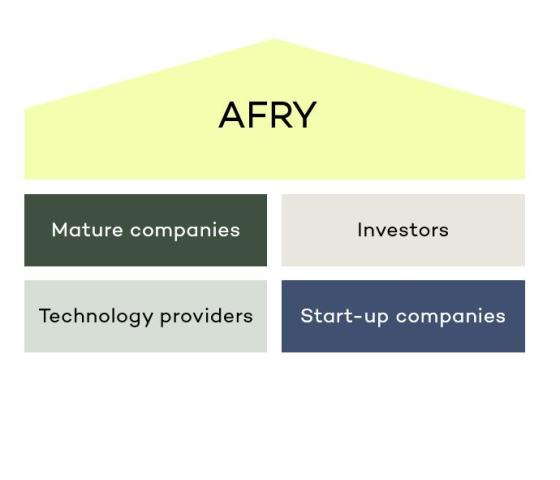
AFRY's Global Network for Partnership and Expertise
A strong partnership is important for creating success stories, and AFRY’s unique global network, depicted in Figure 5, helps to find the best possible matches for all stakeholders. We provide services ranging from conceptual development to implementation, leveraging the collective expertise of our management consultancy and engineering teams.
At AFRY, we possess the requisite knowledge, management expertise, and engineering tools necessary to facilitate the development and scale-up of the processes you are engaged in. We can help you to tackle the challenges you may face during the research and development or scale-up phase to reach the market and adapt to the new business models.
